Petrolimex holds out for refinery incentives
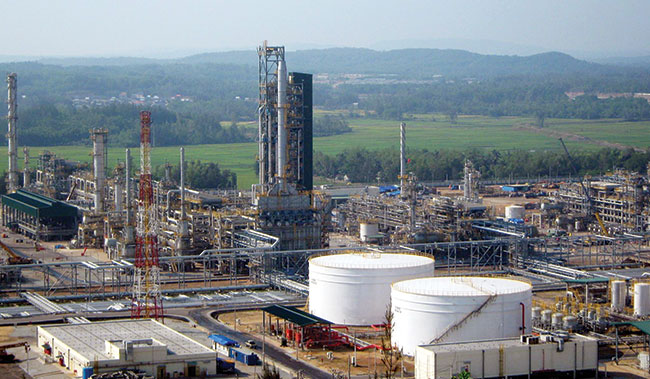
Petrolimex is asking for the same benefits granted to other oil refineries in Vietnam
Located in South Van Phong economic zone in the central province of Khanh Hoa, the South Van Phong refinery project was licensed in 2008 and has been at a standstill ever since. Vietnamese investor Vietnam National Petroleum Group (Petrolimex) said it was looking for a foreign investor to jointly carry out the project. However, the project has failed to move forward, despite the fact that Japanese company JX Nippon Oil & Energy has showed interest in becoming the refinery’s main shareholder.
According to Bui Ngoc Bao, chairman of Petrolimex, the reason for the delay is that the government has not approved the incentives asked by the company.
“Petrolimex is a Vietnamese company. It’s unfair if Petrolimex’s refinery project does not avail of the same incentives as those enjoyed by foreign-backed projects,” he said. “We merely propose that South Van Phong get the same incentives as Dung Quat and Nghi Son.”
Dung Quat and Nghi Son are the first two refinery projects in Vietnam. Dung Quat refinery is currently in operation, and Nghi Son is scheduled to start commercial operations in 2017. During the first ten years of commercial operation, the two refineries are allowed to sell their products at prices equal to the price of imported fuel, plus 7 per cent for gasoline and oil, 5 per cent for liquefied petroleum gas, and 3 per cent for petrochemical products. In the case of import tariffs on the above products falling lower than these levels the state budget intends to make up the difference.
The two refineries also receive support in terms of infrastructure. The government paid millions of dollars to build roads in the region of Dung Quat, from which Dung Quat refinery benefitted enormously. For the Nghi Son project, the government spent $230 million on compensating and relocating people who lived in the area cleared for the refinery, as well as preparing the ground for construction.
For another oil refinery project, the proposed $30-billion refinery in the central province of Binh Dinh, Thai investors requested that along with incentives already applied for projects in Nhon Hoi economic zone where the refinery is located, they would receive more incentives including land rental fees, corporate income tax breaks, the same pricing policy as Dung Quat and Nghi Son, support in infrastructure construction and site clearance, a port dedicated to the project or support in expanding Quy Nhon’s existing port, and a steady water supply.
The South Van Phong refinery project has a capacity of five million tonnes of crude input per year. The total investment is estimated at $6-7 billion. Vietnamese partners, including Petrolimex, will join the project but will not contribute more than 30 per cent of the refinery’s investment capital.
Petrolimex sold an 8 per cent stake to JX Nippon Oil & Energy by issuing more shares to raise its charter capital. JX Nippon Oil & Energy said that it spent ¥20 billion ($183 million) on the deal. At the end of 2014, JX Nippon Oil & Energy signed a strategic partnership agreement that facilitated the company’s joining the South Van Phong project.
What the stars mean:
★ Poor ★ ★ Promising ★★★ Good ★★★★ Very good ★★★★★ Exceptional
Latest News
More News
- Sanofi brings world’s first modular concept manufacturing facility to Singapore (December 19, 2024 | 16:17)
- Japanese take on consistent approaches (December 19, 2024 | 15:00)
- Localities leverage funding for high-tech ventures (December 19, 2024 | 11:53)
- Haiphong boasts resources to spur marine economy (December 18, 2024 | 17:03)
- Chinese investors looking to increase interest in Vietnam (December 18, 2024 | 16:58)
- Georgia: the right place to visit and invest (December 18, 2024 | 16:15)
- Quang Ngai’s incentives will lure in industrial investment (December 17, 2024 | 17:00)
- Dong Thap excited to hail investors to industrial zones (December 17, 2024 | 15:00)
- Dong Thap pushes on with crane conservation efforts (December 17, 2024 | 12:00)
- Wholesale upgrades drive Tien Giang goals (December 17, 2024 | 11:00)


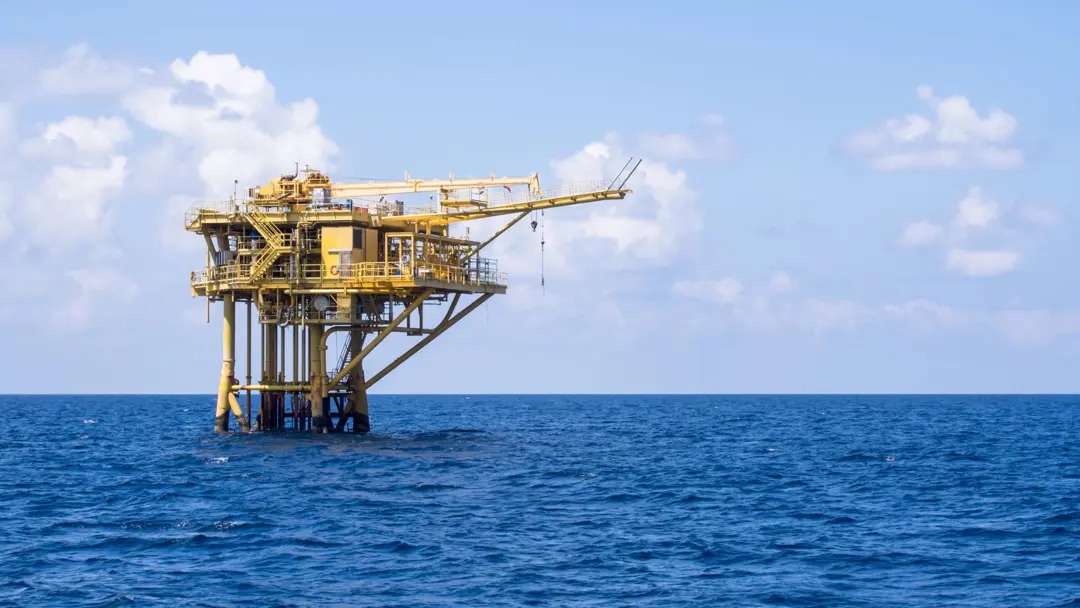

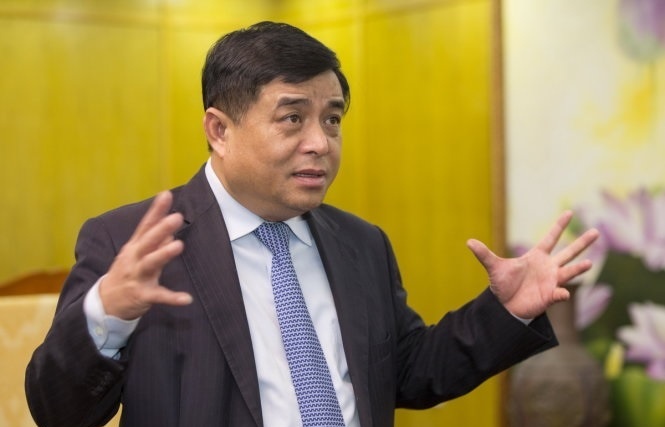
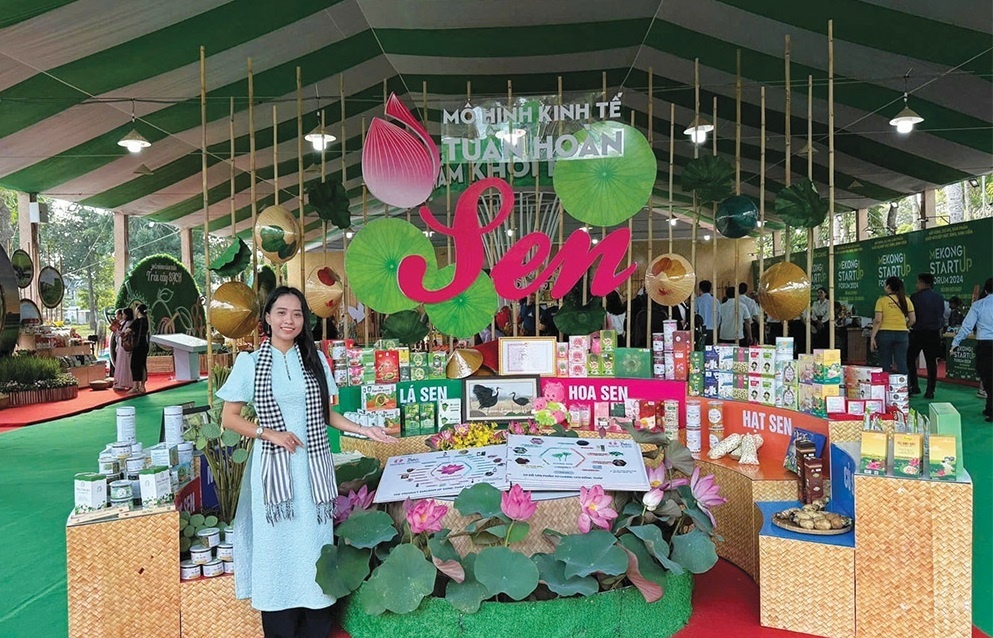
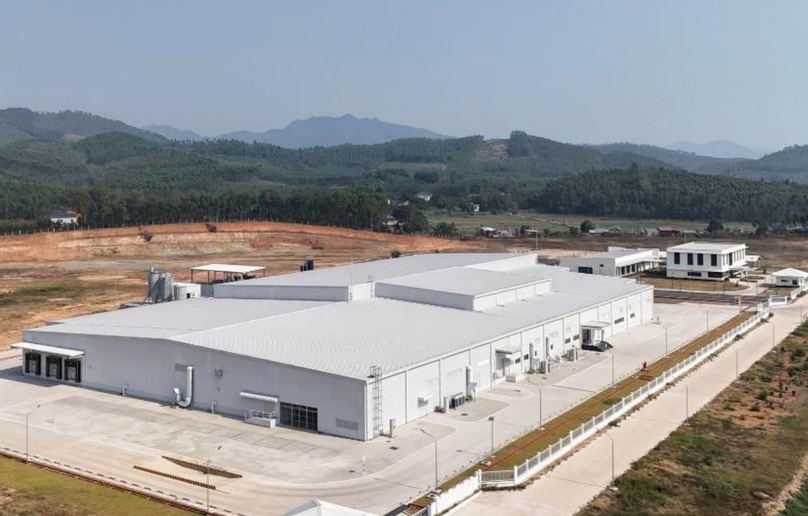






 Mobile Version
Mobile Version